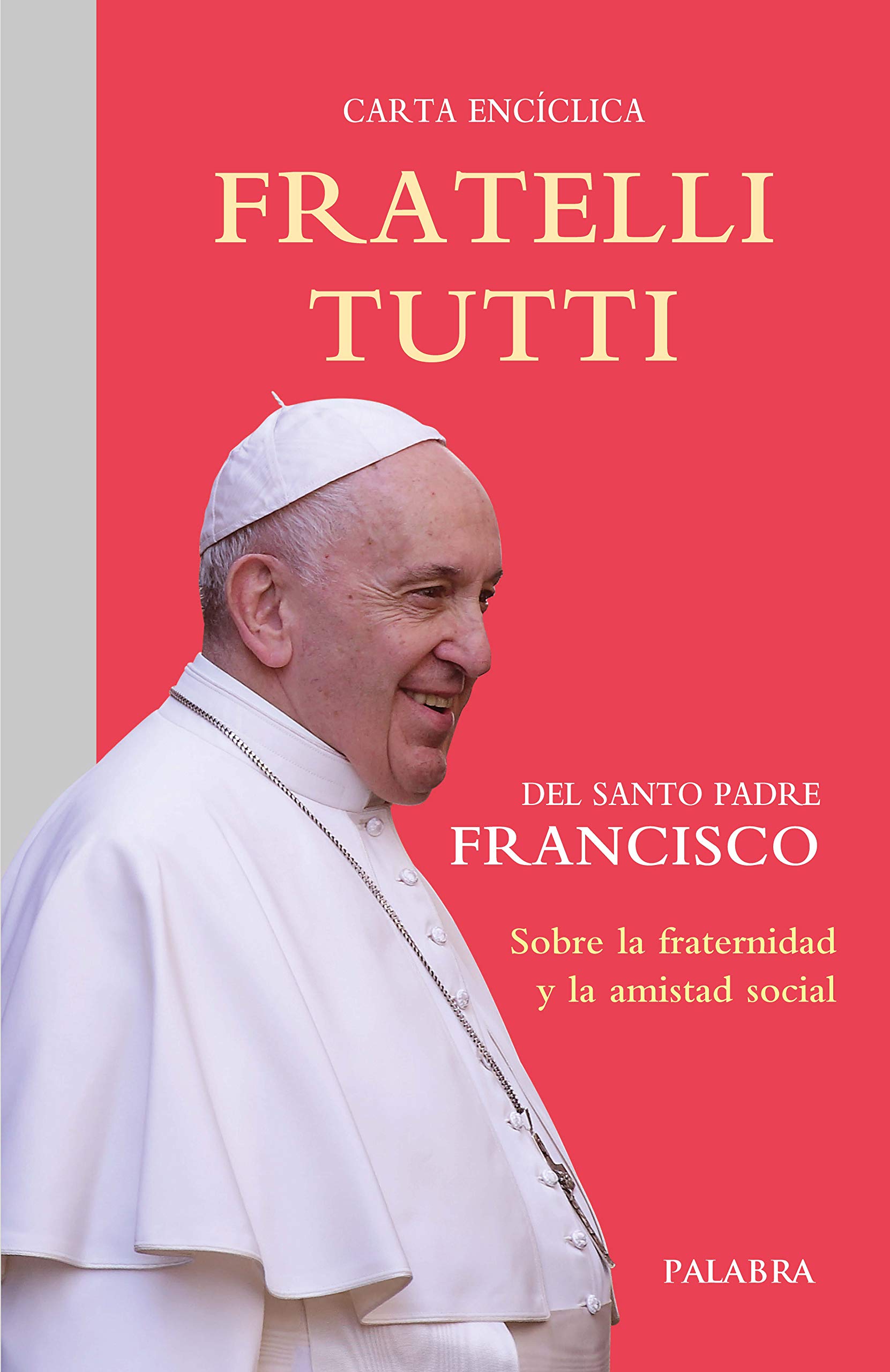Lesson 11: Healthy and Sick Religion
 Throughout her book Holy Envy, Barbara Brown Taylor cites Rabbi Jonathon Sachs to support her call to appreciate the insights and practices of other religious teachings and practices. Each time she did this, I found myself evaluating what I regard as healthy and sick religion in our present society, even though neither of these scholars ever uses the terms.
Throughout her book Holy Envy, Barbara Brown Taylor cites Rabbi Jonathon Sachs to support her call to appreciate the insights and practices of other religious teachings and practices. Each time she did this, I found myself evaluating what I regard as healthy and sick religion in our present society, even though neither of these scholars ever uses the terms.
Sachs, at least as Taylor reads him, seems to think the primary function of religion is to overcome violence. He writes that people are “born with two sets of primal instincts, altruism toward those in our own group and aggression toward others.” A healthy religion would then overcome this division and the conflicts it provokes. A sick religion would intensify the antagonism.
At one point, Sachs writes, “The greatest single antidote to violence is conversation, speaking our fears, listening to the fears of others, and in that sharing of vulnerabilities discovering a genesis of hope.” However, he goes on to describe this conversation as more than simply sharing our fears and respecting the complexity of life. It provides a way to peace by discussing these from the perspective of great religious thoughts in a manner that welcomes differences of opinion at the very heart of our own traditions and insights from those outside of it.
Taylor reports this idea enabled her to recognize and overcome the identity crisis she was feeling on losing her religion. Sachs convinced her to find her way back by seeking new meanings and understandings in the stories, scriptures, and practices within her own tradition. She says she made peace with her own religious language, for at least two reasons: “We have to speak a language before we can learn anyone else’s” and “my religious language is quite excellent at speaking of what it means to be authentically human. In Christian terms, it means being made in the image of God.”
I expect some would accuse her of seeing God and humanity in her own image. The rest of us appreciate her honest attempt at acknowledging the complexity of the modern world and our failure to resolve that complexity by insisting on one and only one right way, a simple unexamined truth, an orthodox position, a victimized mentality, or a superiority attitude. We see these leading to sick religion that only adds to the tribalism that has emerged in time and place.
Taylor and Sachs offer a healthier understanding of the divine-human relationship. They invite us to come out of ourselves in order to meet the God we did not make up to satisfy ourselves and our group. Sachs writes, “The supreme religious challenge is to see God’s image in one who is not in our image.” Taylor responds , “If he is right, then the stranger—the one who does not look, think, or act like the rest of us—may offer us our best chance at seeing past our own reflections in the mirror to the God we did not make up.” And as someone remarked in our discussion group, “Jesus truly is the ultimate stranger among us.”

 Frontline Study is an online discussion of the scriptures, inviting you to share your comments and your reflections on each weekly topic. Simply click on the "Add Reply" text at the top of each post to see what others have posted and to add your thoughts.
Frontline Study is an online discussion of the scriptures, inviting you to share your comments and your reflections on each weekly topic. Simply click on the "Add Reply" text at the top of each post to see what others have posted and to add your thoughts.
Recent Comments